PE Bubble Roll Detailed Production Process
PE Bubble Roll, also known as bubble wrap, is made from polyethylene through steps including material preparation, melting, bubble formation, cooling, rolling, reheating, and cutting. This product protects goods from impact and scratches during transportation, ensuring high quality through a tightly controlled process.
PE Bubble Roll, also known as bubble wrap, is an important product in the packaging industry. This product is made of small air bubbles, which help protect goods from physical impacts such as impact, vibration and shock. Thanks to its elasticity and heat insulation properties, PE Bubble Roll not only ensures the safety of goods but also helps save transportation costs and minimize damage.
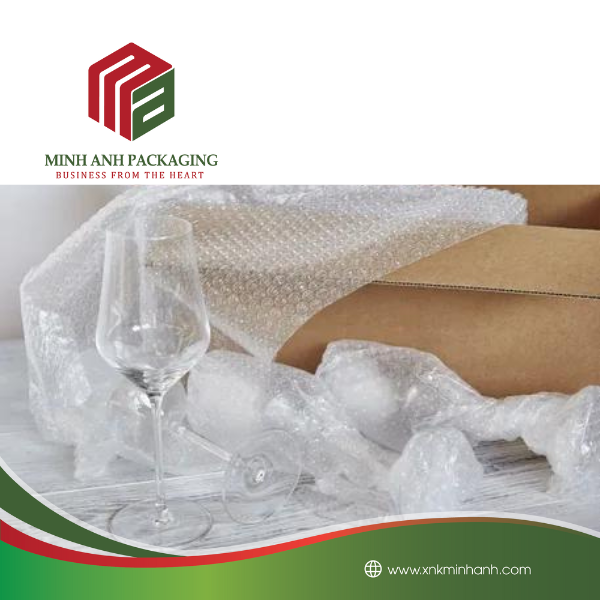
PE Bubble Roll is especially useful in packaging and shipping fragile products such as electronics, ceramics, and glass. With outstanding advantages in shock resistance and product protection, bubble wrap has become the top choice of many businesses in the process of transporting and storing goods. This article will delve into the PE Bubble Roll production process, helping you better understand the steps and technology required to create this important product.
Necessary ingredients
In the production process of PE Bubble Roll, material selection plays an essential role. Each component not only ensures product quality but also affects the application features of the bubble wrap film. Below are the main ingredients used:
Polyethylene: Basic material
- Characteristics: Polyethylene is a synthetic plastic with flexible properties, high durability and good bearing capacity.
- Importance: Is the main ingredient that makes up PE Bubble Roll, ensuring elasticity and product protection.
Additives: Enhance properties
- Softener: Helps increase the elasticity of plastic, making PE Bubble Roll soft and easy to wrap products.
- Antioxidants and UV protection: Protects products from negative environmental effects such as oxidation and UV rays.
Gas: Creates air bubbles
- Function: Gas is injected into the molten polyethylene mixture to form the air pockets we see in PE Bubble Roll.
- Commonly used gas: Nitrogen is a popular gas because it is colorless, odorless and non-toxic, safe for use in production.
Color: Meets aesthetic requirements and product diversity
- Application: Color is added to create emphasis or serve the purpose of classifying products according to customer requirements.
- Method: Use safe color masterbatch, in accordance with food safety standards if necessary, to ensure it does not affect the overall quality of the product.
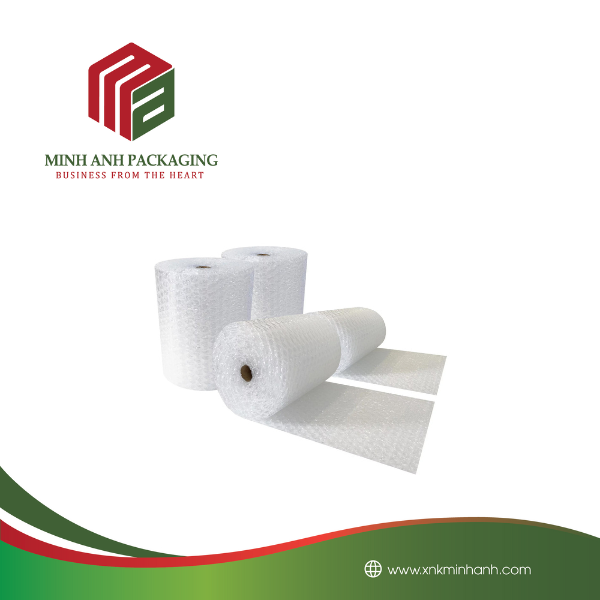
PE Bubble Roll production process
The PE Bubble Roll manufacturing process is a complex series of steps, each of which plays an important role in creating a high quality final product. Below is a detailed description of the operations required in each step of the manufacturing process.
Step 1: Prepare ingredients
- Quality Check: First of all, the polyethylene beads are inspected to ensure there are no impurities or damage. This is important to prevent future product quality problems.
- Washing and drying: After being inspected, the plastic pellets will be washed and dried to remove dirt and excess moisture, cleaning and preparing for the melting process.
Step 2: Melt polyethylene
- Feeding into the extruder: Polyethylene granules are fed into the extruder, where they are melted at high temperatures.
- Temperature and pressure regulation: The temperature and pressure in the extruder are strictly controlled to ensure that the polyethylene flows evenly and is not denatured.
Step 3: Blow foam
- Injecting gas into the molten plastic: Gas (usually nitrogen or carbon dioxide) is injected into the molten plastic stream to create foam. This process creates the air pockets we see inside the PE Bubble Roll film.
- Adjust the amount of air and blowing speed: This needs to be done carefully to ensure the air pockets are uniform in size and distributed throughout the plastic film.
Step 4: Cool and roll thin
- Cooling of plastic film: After foam blowing, the plastic film is quickly cooled by cooling rollers to stabilize the structure.
- Lamination: Rollers continue to be used to laminate the plastic film to the desired thickness. This requires precision to avoid bursting air bubbles.
Step 5: Reheat
- Adjusting flexibility: PE film is gently reheated to increase flexibility, allowing it to easily bend and hug products when packaged.
- Temperature control: The temperature in this process is strictly controlled so as not to damage the formed bubble structure.
Step 6: Roll and cut to size
- Film roll: After meeting the requirements, the plastic film is automatically rolled up.
- Custom Cutting: The film is then cut to the specific sizes and shapes required by the customer, ready for packaging and shipping.
Each stage in the production process requires careful care and thorough control, from raw material preparation to the finished product being packaged, to ensure that PE Bubble Roll achieves the highest standards of quality. quality and effectiveness of protection.
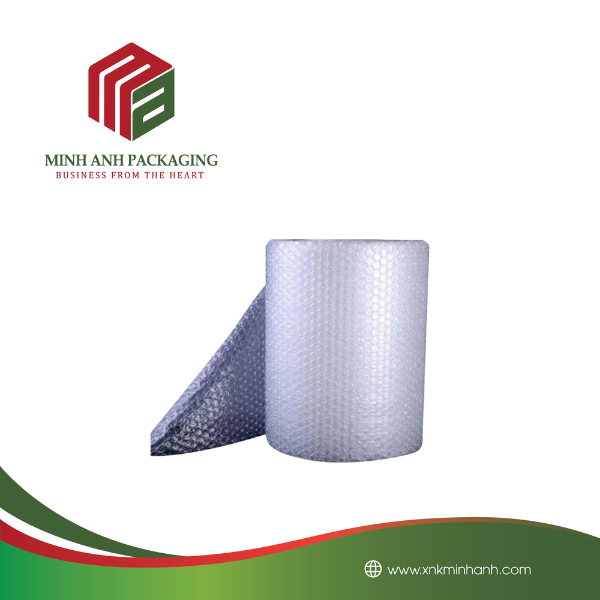
Hãy là người đầu tiên nhận xét “PE Bubble Roll Detailed Production Process” Hủy
Sản phẩm tương tự
Tin Tức Bao Bì
Tin Tức Bao Bì
Tin Tức Bao Bì
Tin Tức Bao Bì
Food Cling Film: Outstanding Advantages in Food Preservation
Tin Tức Bao Bì
Tin Tức Bao Bì

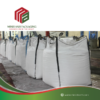
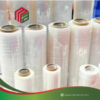












Đánh giá
Chưa có đánh giá nào.